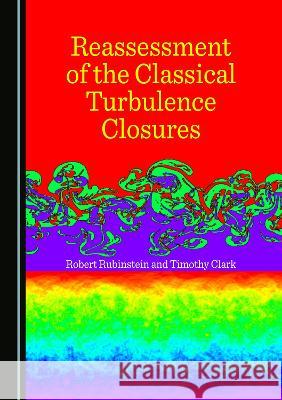Reassessment of the Classical Turbulence Closures » książka
Reassessment of the Classical Turbulence Closures
ISBN-13: 9781527590205 / Angielski
Turbulent fluid flows appear random and disordered. Airplane contrails are an obvious example of this, while water flowing through a pipe provides another common example, although it is observable only in a laboratory. This randomness means that designing household plumbing uses tables of the pressure needed to enforce a desired flow rate. However, this fact points to a key property, namely that averages like pressure and flow rate are predictable, even if flow details are not.The scientific problem of deriving mathematical equations to describe the statistics of turbulent flows has a long history. The earliest attempts are the classical turbulence closures described here. Their simplicity makes them attractive, but their shortcomings inspired the development of far more complex mathematical descriptions, which are generally rejected as too difficult for practical applications. This book explores the possibility of finding a middle ground between these extremes, by suggesting computationally tractable yet physically realistic models of turbulence.











